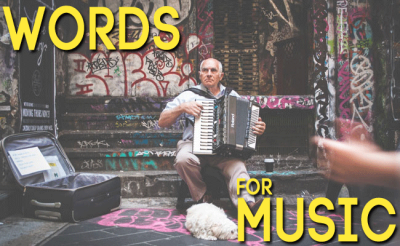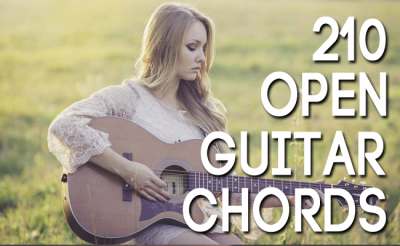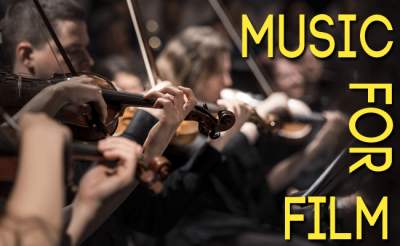Music and Emotions
The Seven Mechanisms that Evoke Musical Emotions

No one would argue against the statement that music and emotions can have a strong relationship with each other, but how is it even possible that something as abstract as music can evoke our most personal emotions?
To answer this questions I have read parts of the book Handbook of Music and Emotions edited by Patrik N. Juslin and John A Sloboda. With this article, I would like to share some of the most interesting and revealing findings I encountered so far and give you an introduction to the seven mechanism that evoke emotions.
>> Check out My Music on Audiojungle <<
Music makes us feel happy
Music is capable of inducing a variety of emotions but it is found that most of them are pleasant. Asking people throughout the day about how their feelings, it seemed that in general more positive emotions are felt in situations that involved some form of music compared to situations without music.
Of course, a lot of social situations make us feel happy anyway and are additionally accompanied by music but the influence of music on our internal state can not be overseen. When people reported about a negative emotions it was most frequently a sad, melancholic or nostalgic feeling.
The seven mechanisms
Musical emotions do not always have the same cause. We are aware of some but others are working subconsciously without us taking any notice.
In the following section I introduce you to the seven most dominant psychological mechanisms that evoke musical emotions. Some will be familiar to you and others fairly new but to me they all make great sense and can therefore provide me with inspiration and guidance in countless compositional situations. The seven mechanisms are referred to as BRECVEM which is a acronym for:
-
Brain stem reflex: A reflex on sounds that are sudden, loud, dissonant or different from the context. Our perceptual system is constantly scanning the environment to discover important changes or events. The brain stem reflex is an ancient structure of the brain that has an effect on sensory and motor functions like the heart rate, breathing or movements.
-
Rhythmic entrainment: A process whereby emotions are induced by music through a correlation between strong external musical rhythms and internal body rhythms like heart rate or movement. The internal rhythm locks in or follows the external stimuli. These adaptations may lead to other emotions.
-
Evaluative conditioning (EC): Evaluative conditioning occurs when a musical stimulus is repeatedly perceived in combination with a certain emotion evoked by another stimulus like the situation. Over time a link is formed between the musical stimulus and the emotion.
-
Emotional contagion: Internal mimicry of the emotional expression in music. Studies have shown that emotional speech induces emotions. It is logical that similar structures in music do so as well.
-
Visual imagery: Visual imagery refers to a process where the listener is visualizing a landscape or other images and the music interacts with these internal images in some way. This process is often used in music therapy.
-
Episodic memory: A process where the music stimulus refers to a memory of someones life and therefore arouses the emotions connected to that memory. This affect is better known as the ‘darling they playing our tune’ phenomenon.
-
Musical expectancy: When music violates, delays or confirms a listeners expectations it can evoke emotions. This phenomenon is highly based on the the listeners experience with and knowledge about music and it is thus highly subjective.
Remember BRECVEM
Just remember the acronym ‘BRECVEM’ and you can come up with the terms Brain stem reflex, Rhythmic entrainment, Evaluative conditioning, emotional Contagion, Visual imagery, Episodic memory and Musical expectancy and the principles behind them much easier.
For some of this mechanisms I can immediately think of ways to use them in composition. For example, you could stimulate the brain stem reflex by introducing sudden dynamic hits in your music. Further, emotional contagion could be used as a guideline in musical performance. Listen to emotional speeches and try to imitate their rhythms, patterns and melodic directions with your instrument to make use of it.
Exercise: Try to come up with one or two possibilities for each of the seven mechanism of how to use them in composition or in performance yourself.
>> Check out My Music on Audiojungle <<
This article is inspired by
Handbook of Music and Emotion: Theory, Research, Applications
by Patrik N. Juslin (Author), John Sloboda (Author)
Check out the table of content to get an overview of this field. This books goes in depth into the mysterious field of music and emotions in the context of film as well as other fields of applied music.









Leave A Comment